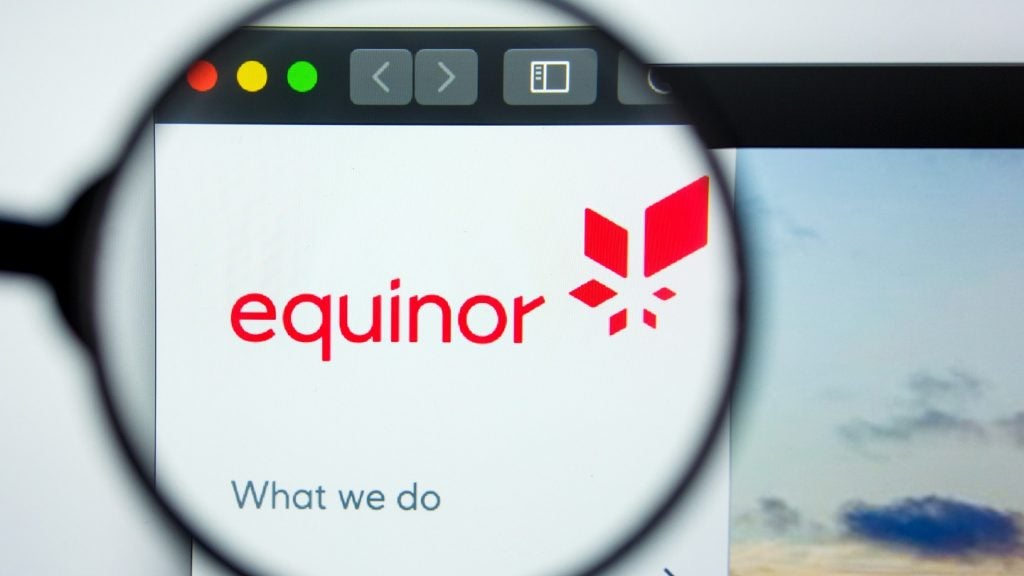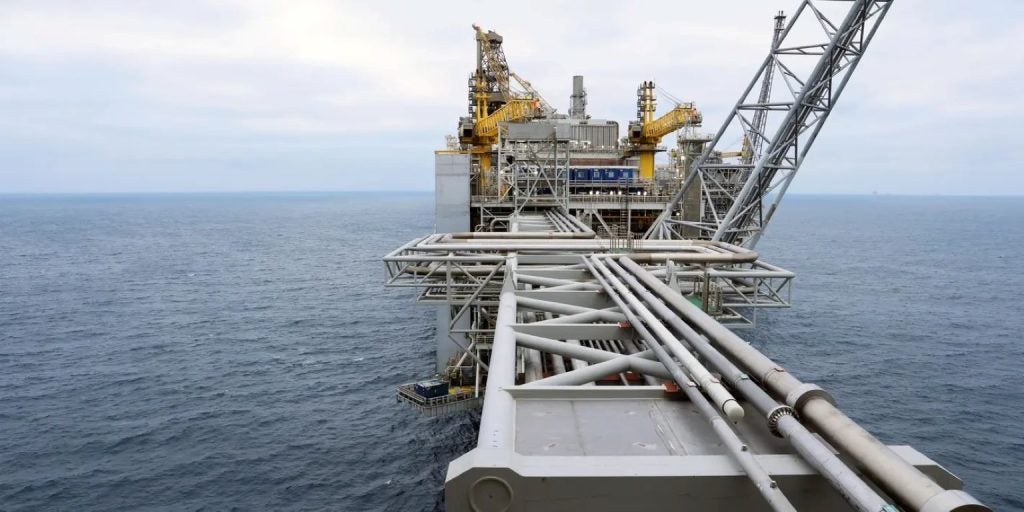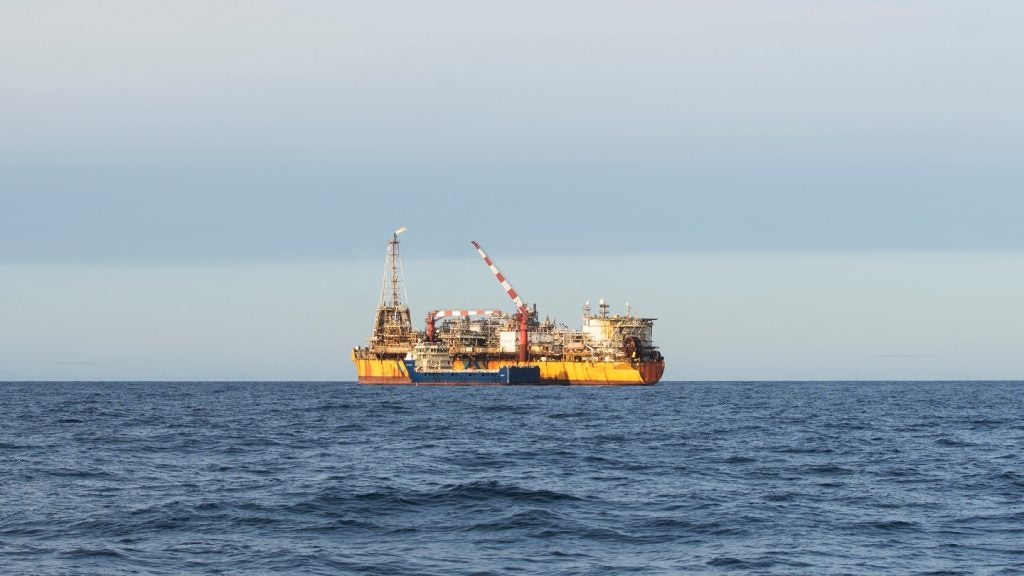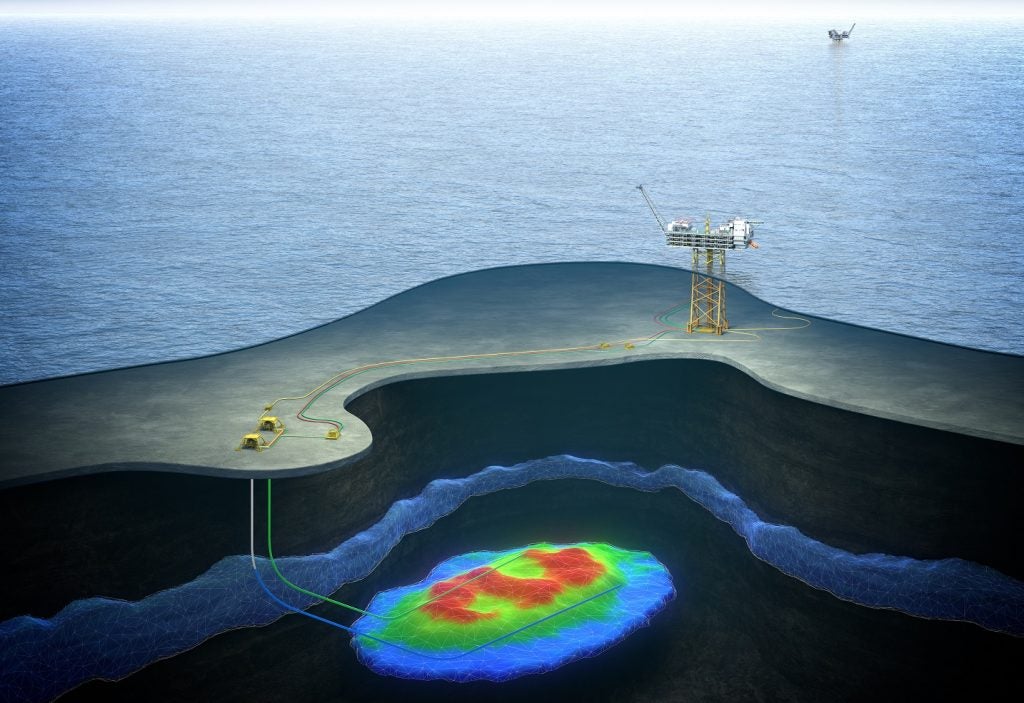
Equinor and its partners have submitted an amended plan for the development and operation (PDO) of the Oseberg oil and gas field in the North Sea.
This plan, which involves an investment of $1.11bn (Nkr10bn), was submitted to the Norwegian Minister of Petroleum and Energy (MPE) Marte Mjøs Persen.
Equinor is a licence-owner of the Oseberg field and currently operates with a 49.3% stake. Other licence partners include ConocoPhillips Skandinavia (2.4%), Petoro (33.6%), and TotalEnergies EP Norge (14.7%).
The Oseberg field started production in 1988.
The amended PDO includes converting the oil field into a sustainable gas producer by tapping into the remaining gas resources.
As part of this plan, the partners will install two new compressors to boost recoverable gas volumes.
How well do you really know your competitors?
Access the most comprehensive Company Profiles on the market, powered by GlobalData. Save hours of research. Gain competitive edge.

Thank you!
Your download email will arrive shortly
Not ready to buy yet? Download a free sample
We are confident about the unique quality of our Company Profiles. However, we want you to make the most beneficial decision for your business, so we offer a free sample that you can download by submitting the below form
By GlobalDataEquinor said that their focus is on reducing carbon emissions from the Oseberg Field Centre and the Oseberg South platform. The two locations will also be partially electrified.
An engineering, procurement, construction and installation (ECPI) contract worth more than $439.7m (Nkr4bn) has been awarded to Aibel for the partial electrification of the Oseberg Field Centre and Oseberg South.
Aibel will also upgrade the gas processing capacity at the Oseberg Field Centre.
Equinor stated that three modules, with a total weight of 3,748 tonnes will be installed on the platforms.
The reconstruction programme at the Oseberg Field Centre is planned to be completed in four years. Work on Oseberg South is scheduled for completion in one year.
Equinor said that the field is expected produce approximately 3.2 billion barrels of oil, an increase from the earlier estimate of around one billion barrels of oil when the field first started production.
Production of oil is in the tail phase, and experts think that 60% of the gas resources are still in the ground.
Oseberg is considered a major field for gas in the NCS, with Equinor expecting to generate over 3.5 trillion cubic feet of gas by 2040.
Equinor project development senior vice-president Geir Tungesvik said: “It is important to Equinor and the Oseberg partners to produce oil and gas with the lowest possible emission level.
“This investment decision allows us to increase production of Oseberg gas considerably in the future, while reducing CO₂ emissions by an estimated 320,000 tonnes per year. During the project planning, we have received good support from and cooperated closely with our partners.”
Last year, emissions from Oseberg totalled approximately one million tonnes of CO₂.
Emissions from the field have been cut down by about 15% since 2010, with the company aiming to further reduce emissions by 50-70% in 2030.
The new compressors and electrification from shore are considered essential to achieve this ambition, stated Equinor.
In March, Equinor and partners secured a licence from the Ministry of Petroleum and Energy (MPE) to build, own and operate the required electrical facilities to provide the Oseberg Field Centre and the Oseberg South platform with power drawn from onshore.
The partners plan to commission the new facility at the Oseberg field in 2026.







